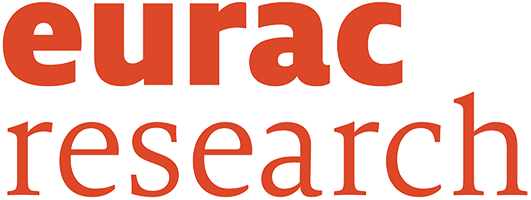Paper 401
Raising awarenessand training professionals to assessclimate risks to historic buildings and commence adaptation planning -Experiences from Adapt Northern Heritage
Authors: C Hermann (1), V Glindmeier (1), M Boro (2), G S Sigurðarson (3) and T Sonehag (4)
- Historic Environment Scotland, Longmore House, Salisbury Place, Edinburgh EH19SH, United Kingdom
- Riksantikvaren, Dronningens gate 13, 0152 Oslo, Norway
- Suðurgata 39, 101 Reykjavík, Iceland
- Storgatan41, 114 55 Stockholm, Sweden
Abstract:
The European project Adapt Northern Heritage (2017-2020) was supporting northern communities to adapt historic places to the environmental impacts of climate change through community engagement and informed conservation planning. A risk management toolkit was developed to help stakeholders, caring for historic buildings and other places of the historic environment, to better understand climate hazards, impacts and risks and utilise this knowledge to commence the process of strategic adaptation planning. This paper focuses on the project’s stakeholder engagement to develop and disseminate the toolkit: Firstly, workshops were held at the project’s nine case study sites in Iceland, Ireland, Norway, Russia, Scotland and Sweden. Secondly, the structure of the workshops was compressed and simplified into training seminars, held in Greenland, Ireland, Northern Ireland and Scotland. Finally, digital modules for continued learning were created.The toolkit and digital modules remain freely available online. This paper discusses the workshop’s engagement concept, structure and techniques and how they were developed and utilised for the seminars and modules.The paper draws conclusions from this process and reflects on its transferability to related fields of activities, such as using stakeholder engagement to improve the carbon / energy performance or sustainability of historic buildings.
Keywords: climate change; risk management; adaptation planning; development of educational/ training materials; stakeholder engagement.
